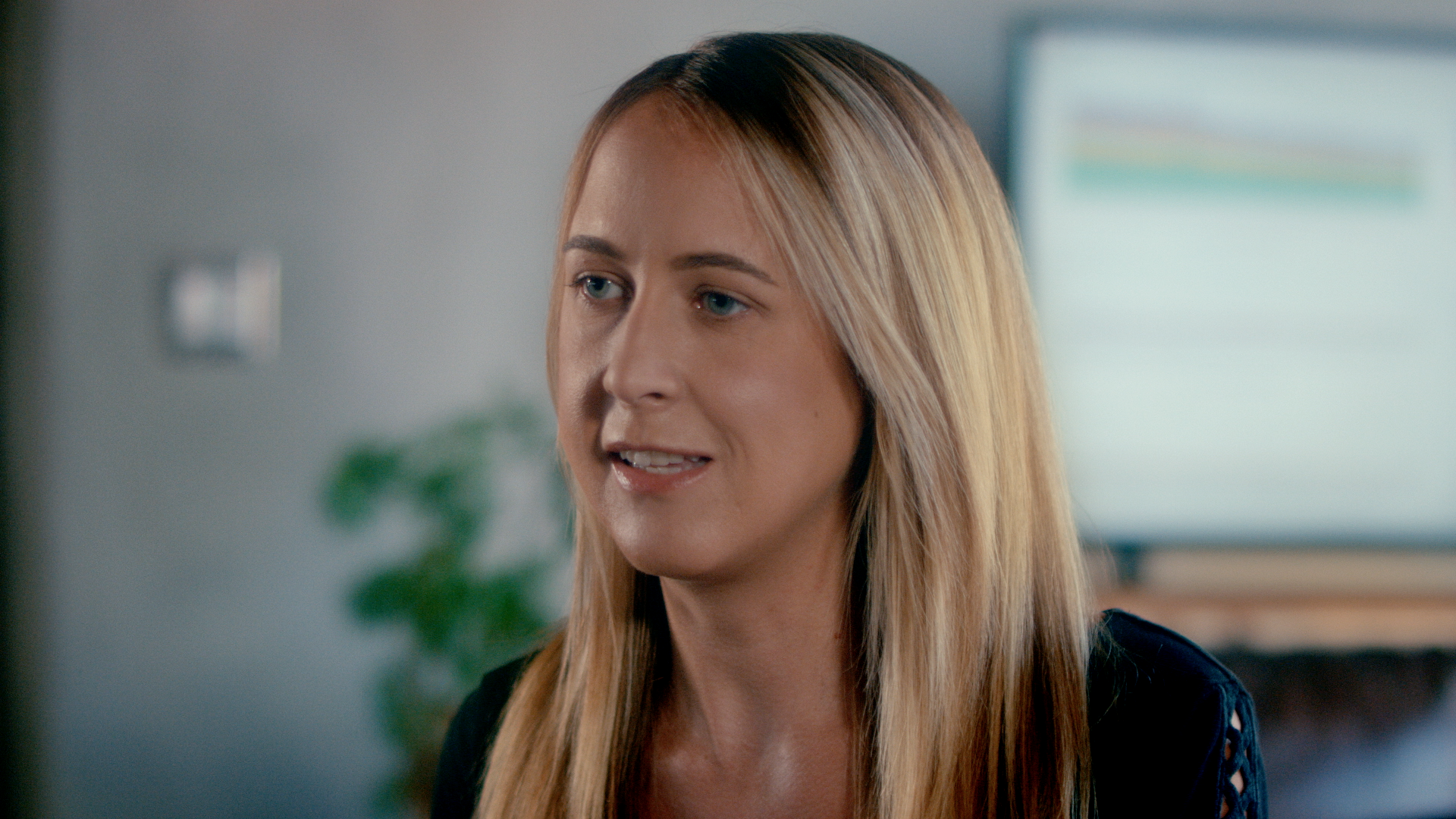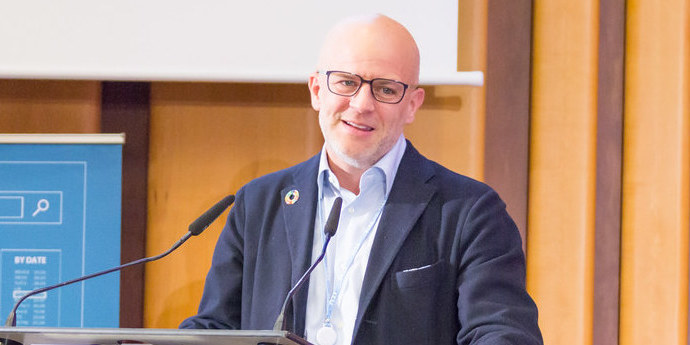
Stacy Stubblefield, co-founder and Chief Innovation Officer of TeleSign, sat down with Founders Network to discuss how she bootstrapped her first products and clients, scaled the fledgling startup to a multimillion-dollar business, and eventually sold it to a major telecommunications firm.
Stacy Stubblefield knew from a young age that she had a passion for technology, but the journey to building a $300 million company involved a bit of luck, a lot of hard work, and overcoming plenty of hurdles along the way.
Stubblefield co-founded TeleSign, a communications startup that developed a wide range of products around SMS, calls and other functions, in 2005. Twelve years later, TeleSign — which was originally conceived shortly after Stubblefield finished college — was snapped up by BICS, a Belgian telecoms giant, for $300 million — an exit that anyone would envy.
Even so, Stubblefield recalls a bittersweet feeling immediately after agreeing to sell TeleSign. And that’s a feeling that many successful founders can relate to — not unlike watching one’s baby grow up and fly away from the nest.
“You would think a sale would be one of the best days of your life. On the one hand it is, but on the other hand, you realize you’ve just lost what you’ve been working on for the past however many years,” she remembered.
It makes sense when you consider the years of dedication required to grow a startup from an idea, to a multimillion-dollar business, to eventually a division of a major communications firm. The idea originated at tech incubator in Beverly Hills, and was sparked through random circumstance: An acquaintance who ran an online backgammon website was dealing with players using stolen credit cards, so Stubblefield and her colleagues built an automation system for calling those users to verify the cards.
“We knew we had to turn it into a business,” she said.
Through some very bootstrapped sales processes — in the early days, that involved mass-emailing decision-makers at large companies like Google and Amazon — TeleSign eventually landed some big clients. Many of those initial customers were in the financial services industry, among with other businesses and websites with an interest in tamping down fraud through TeleSign’s verification systems. After landing an initial roster of clients, then came one of the startup’s first major challenges: Scaling the technology itself.
“One of our clients started pushing, I don’t know, 10 times, if not 50 times, more transactions than we had been doing before we brought them on,” she said. “It took us and our vendors just straight offline. So we had to spend a lot of time figuring out how to deal with that. So that was the first part that was really, really hard — but once we figured it out, it made our system really strong and reliable.”
One that hurdle was cleared, it was time to start scaling the business itself. Stubblefield and her co-founders spun up a management team, a staff of programmers and an operations playbook, which included a seasoned CEO that enabled Stubblfield herself to focus on product strategy. Like many other founders, she and the founding team continued to wear numerous hats. Together, they ensured that the startup’s culture remained intact as the company grew and thrived. And that meant a special focus on hiring in training in those days, Stubblefield said.
“We ended up interviewing almost everyone that was hired for the first 40 or 50 people. We also just trained, worked, and were constantly training people because you can’t really have a new person training a new person,” she said. “We also used to have what we would call Telecademy, which were these presentations we would do around once a week. It was about doing what worked within the company, whatever it happens to be. So, just a lot of time, and a hands-on approach.”
Asked what advice she would give to her younger self — or any other founder working on their first startup — Stubbefield says it’s to listen to your instincts. While they may not be right or lead you to the best decision 100% of the time, founders learn from their failures, grow and iterate, she pointed out.
“I would say we made almost every single possible mistake that you can make. We just happened to be good at correcting, once we realized that we made a mistake,” Stubblefield said. With each misstep came an opportunity to refine the process and better understand what works, and what doesn’t.
What’s more, she added, there are many facets to running a business that boil down to plain old common sense rather than a specific knowledge base or domain expertise. And founders would be wise to stay attuned to that, while also recognizing the areas where they need help.
“We always figured that there was someone else, somewhere else, that knew more than we did and could make better decisions. But looking back on that, I don’t think that that is the right way to think about it,” Stubblefield said. “Some things are helpful to have an expert — especially when it comes to things that involve, attorneys, contracts, things like that. But when it just comes to running a business in general, I think that a lot of it you can do without having done it before — and you can trust yourself to make a decision.”






